Miter Saw vs Table Saw — Which One is Right for Me?
When it comes to woodworking and DIY projects, having the right tools is essential. Two popular power tools that are commonly used in woodworking are miter saws and table saws. Understanding the differences between these two types of saws can help you choose the right tool for your specific project needs. We will go over both of these amazing saws and help you decide which is or if both are the right choice for your next big project!
Miter Saw
Miter saws are perfect for making precise angled cuts, commonly used for trim work, framing, and other projects that require accurate angle cuts. They come in different types, including compound miter saws that can tilt in two directions for more flexibility in cutting.
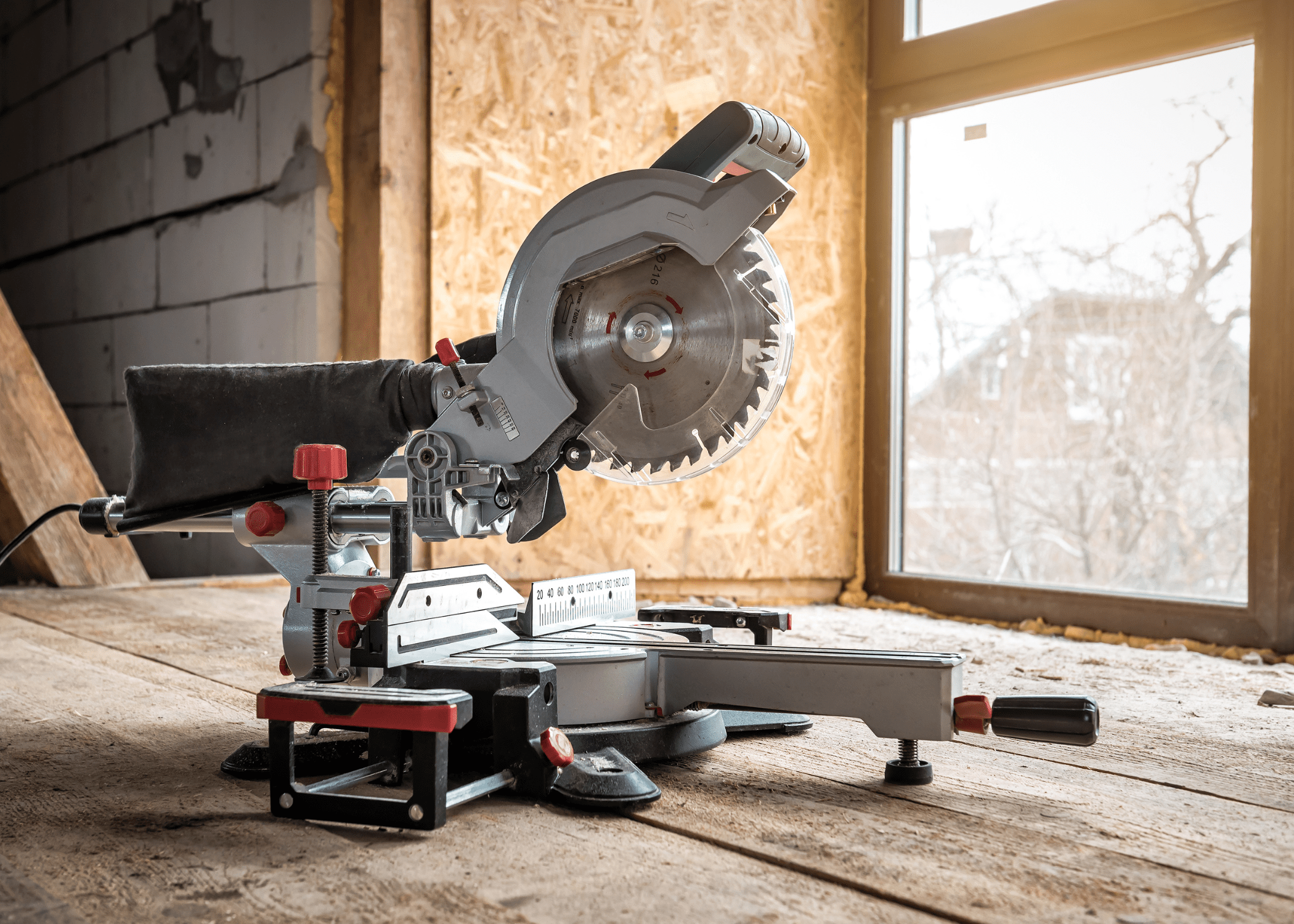
Ideal Projects
Miter saws are incredibly versatile tools that are perfect for a variety of projects. Whether you are a seasoned carpenter or a DIY enthusiast, a miter saw can help you achieve precise and clean cuts with ease. Some ideal projects for miter saws include:
- Crown Moulding Installation: Miter saws are excellent for cutting crown molding due to their ability to make accurate angled cuts accurately. You can achieve seamless corners and professional-looking finishes with a miter saw.
- Picture Frame Construction: Miter saws are perfect for cutting picture frame molding at precise angles. You can create custom frames for artwork, photos, or mirrors with ease using a miter saw.
- Baseboard and Trim Installation: When installing baseboards, trim, or molding, a miter saw can help you make clean cuts for a seamless fit. You can easily trim and customize pieces to match the dimensions of your space.
- Deck Building: Miter saws are essential for cutting deck boards and railing components accurately. Whether you are building a small deck or a large outdoor space, a miter saw can help you achieve professional results.
- Furniture Making: If you enjoy woodworking and furniture making, a miter saw is a valuable tool for cutting wood pieces with precision. From table legs to shelves, a miter saw can assist you in creating custom furniture pieces.
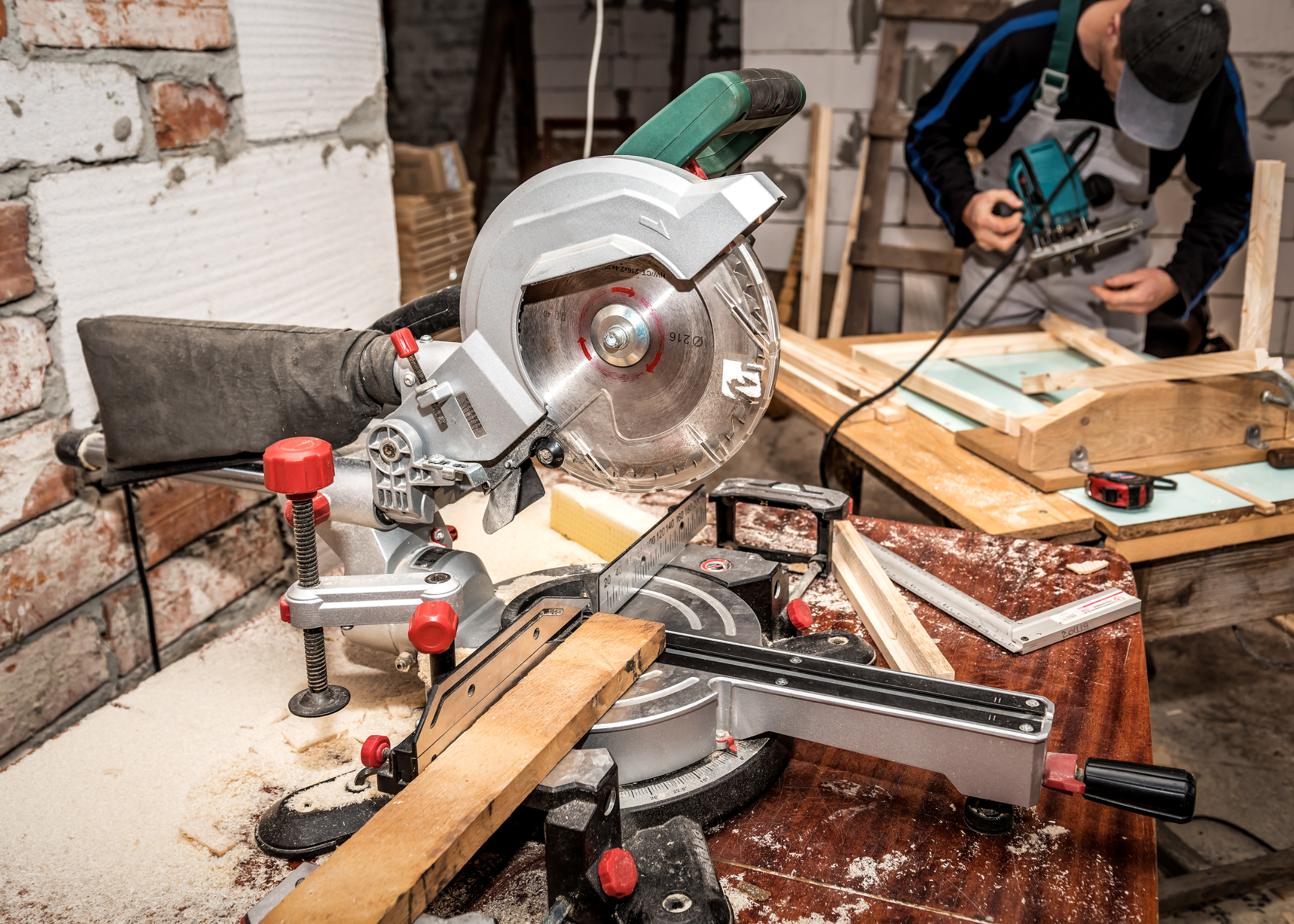
Table Saw
On the other hand, table saws are versatile tools that excel in making straight cuts. They are great for ripping large pieces of wood, cutting plywood, and creating precise cuts for woodworking projects. Table saws come in various sizes and configurations, with options like portable table saws for job site versatility or cabinet table saws for heavy-duty woodworking tasks.
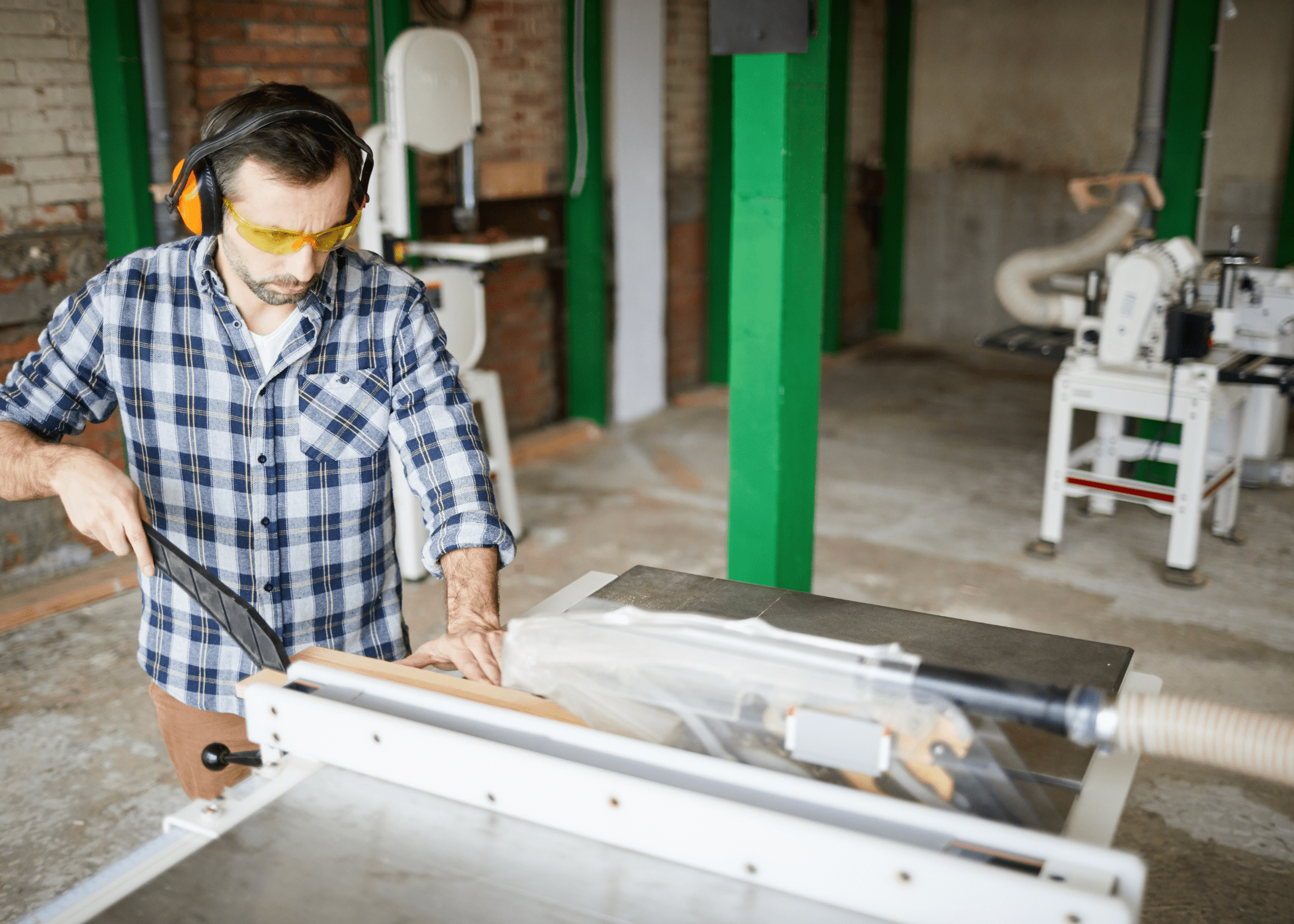
Table saws typically consist of a circular saw blade mounted on an arbor driven by an electric motor. One of the key features of table saws is the flat and stable surface, or table, on which the wood is placed for cutting. This table provides support and helps ensure the accuracy of the cuts.
There are different types of table saws available, ranging from compact benchtop models to larger, more powerful contractor and cabinet saws. Some table saws come with advanced features such as adjustable fences, miter gauges, and dust collection systems to enhance safety and efficiency during operation.
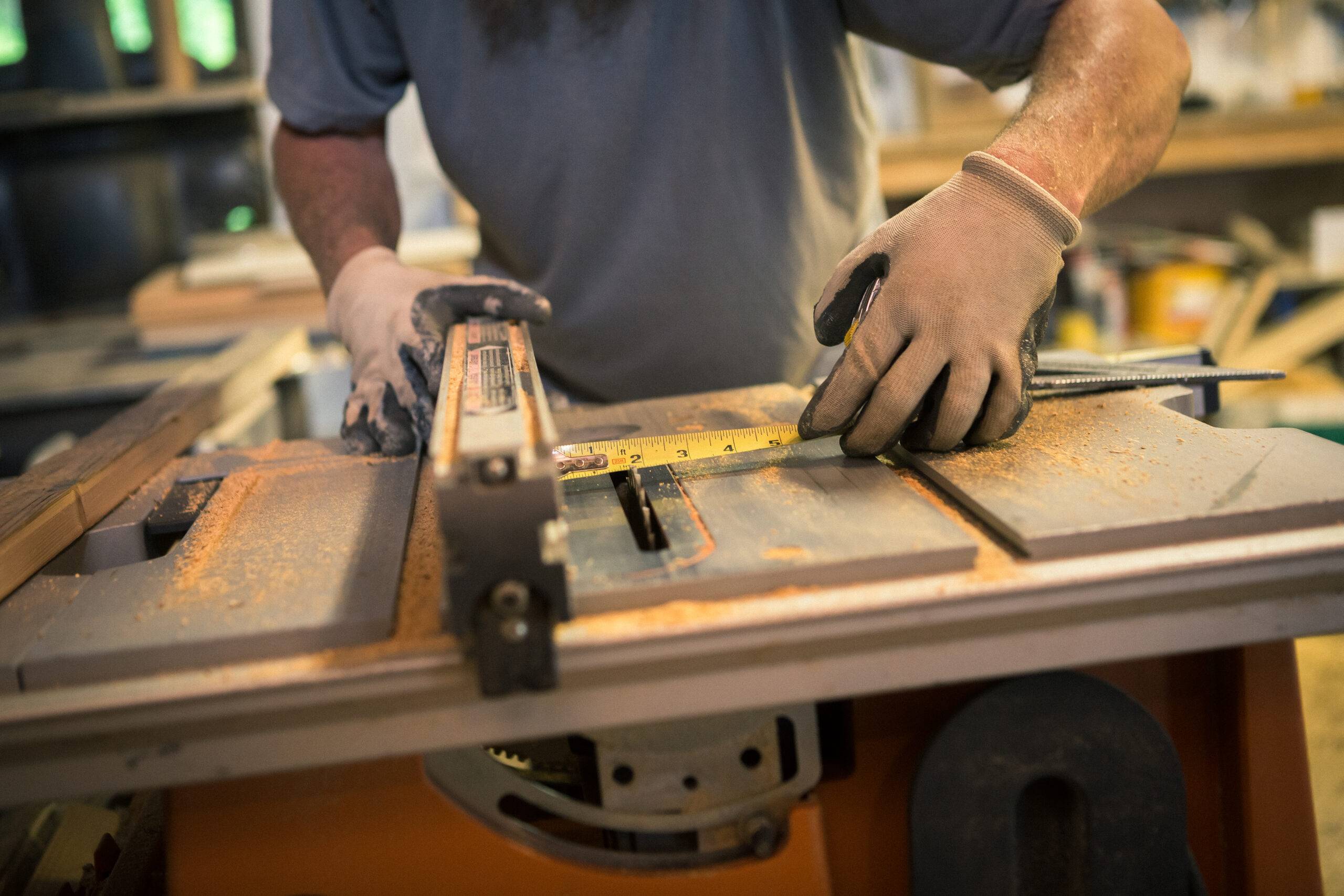
When using a table saw, it is important to follow safety guidelines such as wearing appropriate protective gear, keeping the work area clean and organized, and using push sticks or push blocks to guide the wood through the blade. By understanding the features and proper usage of table saws, woodworkers can achieve precise cuts for their projects while maintaining a safe working environment.
Ideal Projects
Table saws are incredibly versatile tools that can be used for a wide range of projects. From simple DIY tasks to more complex woodworking projects, a table saw can be a valuable addition to any workshop. Some ideal projects for table saws include:
- Building Furniture: Table saws are perfect for cutting wood to size and creating precise joints for furniture projects such as tables, chairs, and bookshelves.
- Making Custom Cabinetry: Whether you’re renovating your kitchen or building a custom storage solution, a table saw can help you cut plywood and solid wood panels with ease.
- Crafting Decorative Items: From cornhole boards to wooden signs, a table saw can assist in cutting precise designs and shapes for various decorative items.
- Home Improvement Projects: Need to trim down a door or install new baseboards? A table saw can make quick work of these tasks and ensure a professional finish.
- Outdoor Projects: Whether you’re building a deck, a garden planter, or a new fence, a table saw can help you cut lumber accurately for your outdoor projects.
Remember always to follow safety guidelines when using a table saw and wear appropriate safety gear such as goggles and ear protection. With proper precautions, a table saw can be a valuable tool for bringing your woodworking projects to life.
Both miter saws and table saws have their unique strengths and are essential for different types of woodworking projects. Whether you are a beginner or a seasoned woodworker, having both tools in your workshop can greatly enhance your capabilities and allow you to tackle a wide range of projects with ease.
Differences
Cutting Capabilities
When it comes to cutting capabilities, both miter saws and table saws are essential tools in a woodworker’s workshop. Each type of saw has its own strengths and weaknesses when it comes to making precise cuts.
Miter saws are great for making accurate crosscuts and angled cuts. They are ideal for cutting molding, trim, and framing pieces with ease. With a miter saw in your tool arsenal, you can quickly adjust the angle of the blade for bevel cuts, allowing for versatile cutting options.
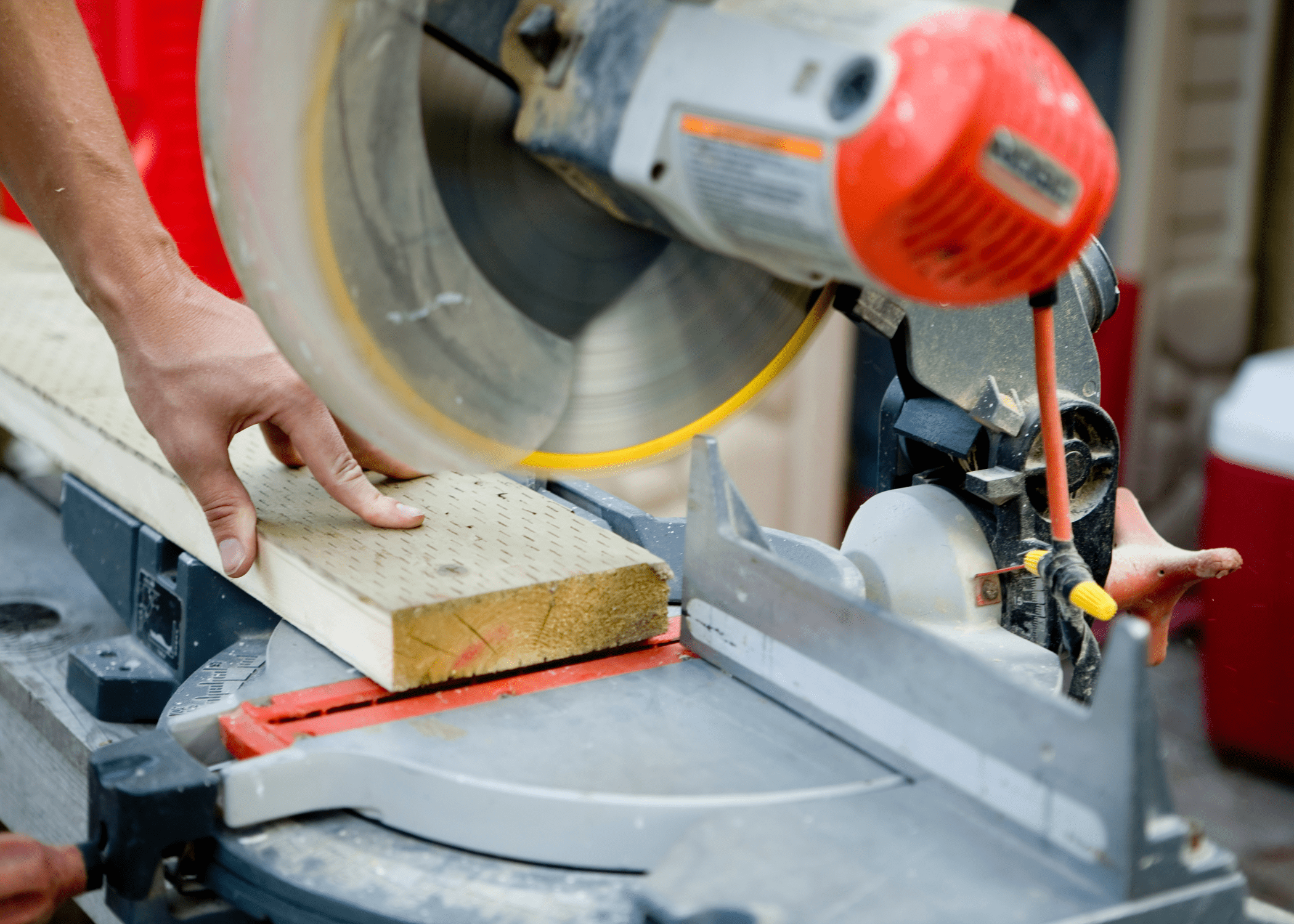
On the other hand, table saws are known for their ability to make long, straight rip cuts. They are perfect for cutting large sheets of plywood or other materials with precision. Table saws also excel at making dado cuts and other joinery cuts that require a stable and flat surface.
Ultimately, the choice between a miter saw and a table saw depends on the specific cutting tasks at hand. Many woodworkers find that having both tools at their disposal allows them to tackle a wide range of projects with efficiency and accuracy. By understanding the differences in cutting capabilities between miter saws and table saws, you can choose the right tool for the job and achieve professional results in your woodworking endeavors.
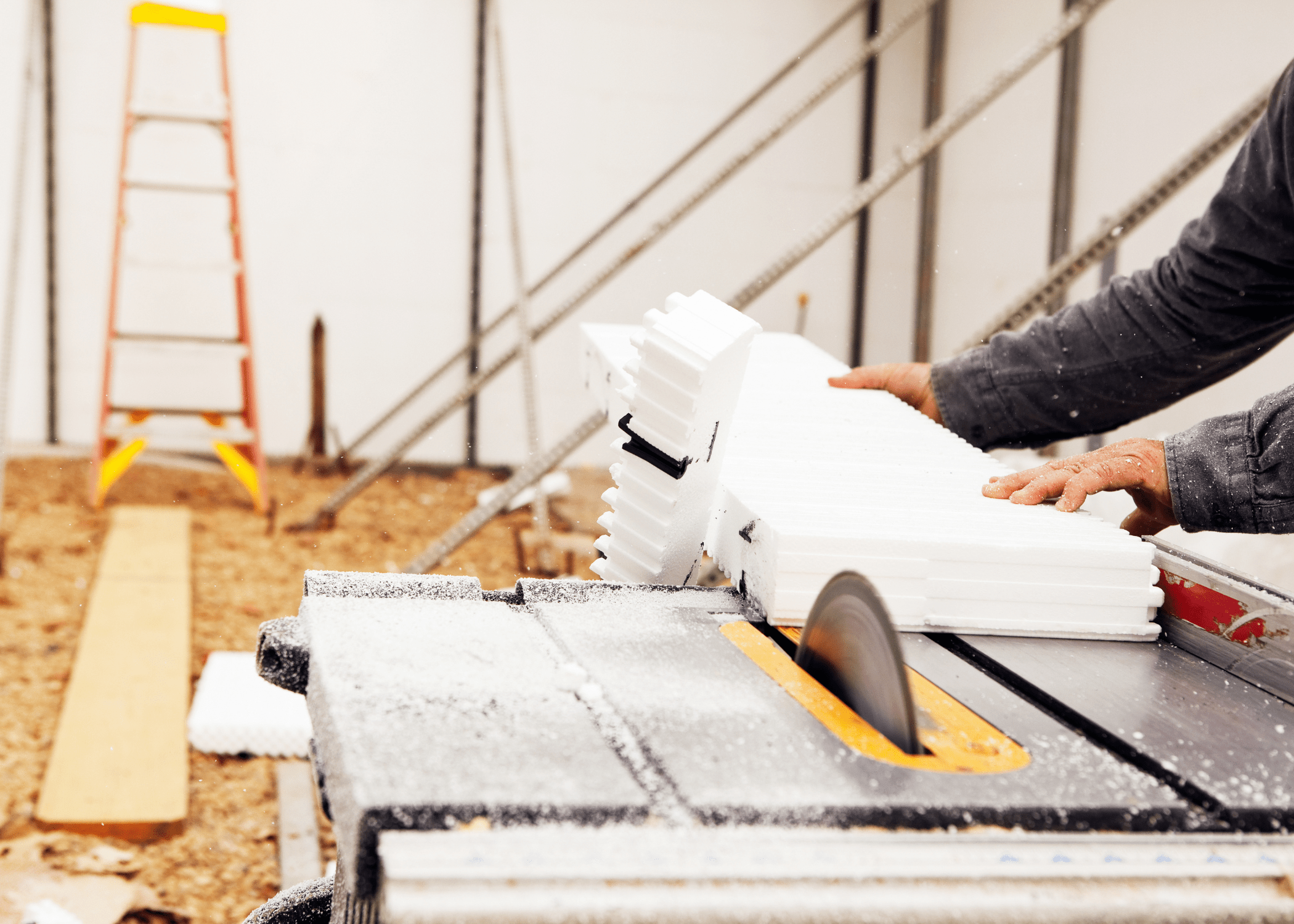
Safety Features
When it comes to safety features, table saws, and miter saws each have their own advantages. Table saws typically have more safety features, such as blade guards, riving knives, and anti-kickback pawls to help prevent accidents. On the other hand, miter saws are designed with a built-in safety feature that locks the blade when not in use, reducing the risk of accidental cuts. It is important always to read the user manual and follow proper safety precautions when operating either type of saw to minimize the risk of injury.
Accuracy and Precision
When comparing the accuracy and precision of a miter saw versus a table saw, it’s important to consider the specific tasks and cuts you will be making. Both tools have their strengths when it comes to woodworking projects.
A miter saw is excellent for making crosscuts at various angles with a high level of accuracy. It excels at cutting molding, trim, and other materials that require precise angled cuts. The miter saw’s ability to rotate and tilt the blade makes it versatile for creating bevel cuts as well.
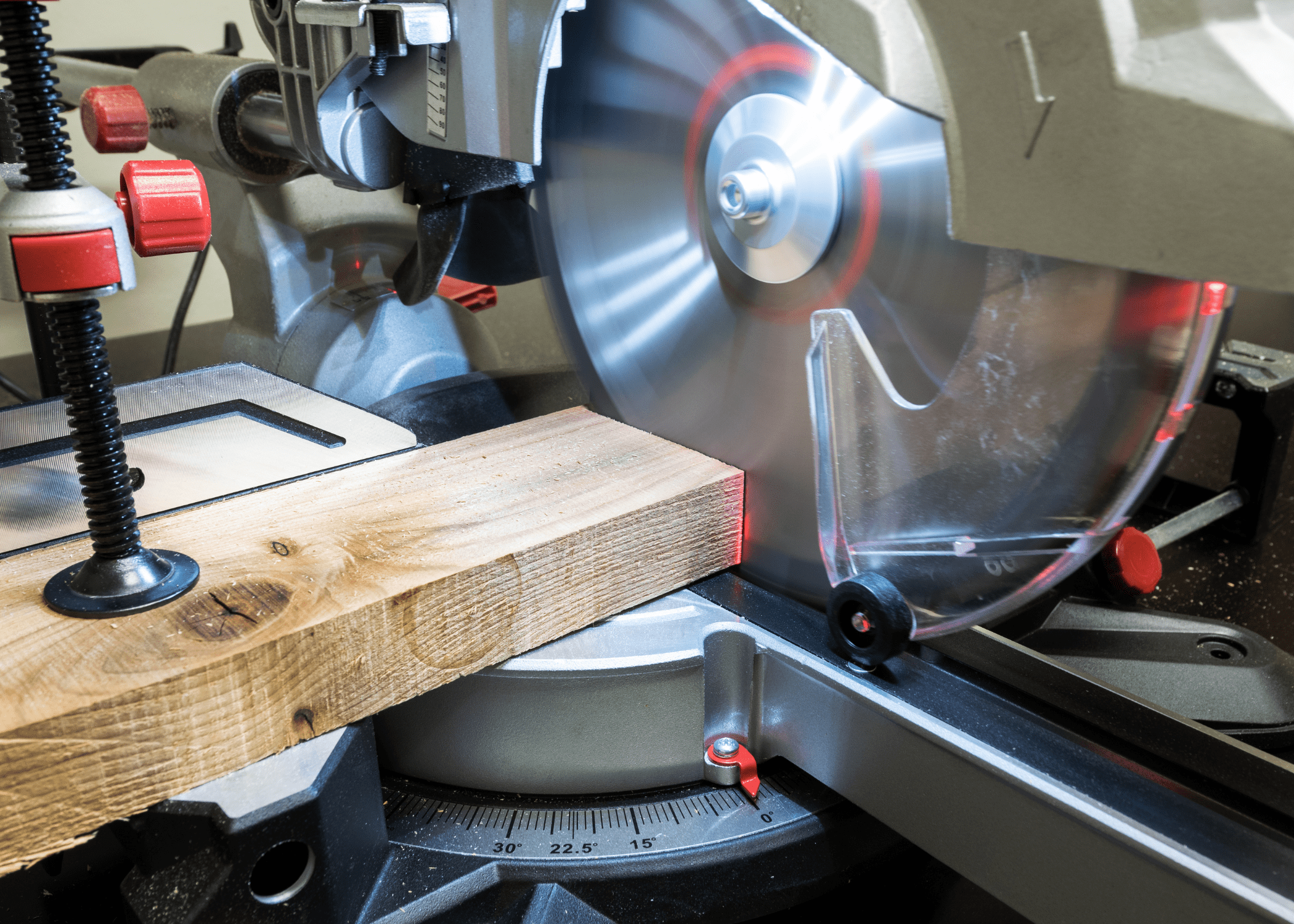
In comparison, a table saw is great for making long, straight rip cuts with consistency and precision. It is ideal for cutting large sheets of plywood or boards to size. The table saw fence system allows for uniform cuts, making it a reliable choice for projects that require straight edges.
Cost Considerations
When choosing between a table saw and a miter saw, cost considerations play a significant role in the decision-making process. Table saws are typically more expensive than miter saws due to their larger size, power, and versatility. However, miter saws are often more affordable and compact, making them a popular choice for DIY enthusiasts and hobbyists working on smaller projects.
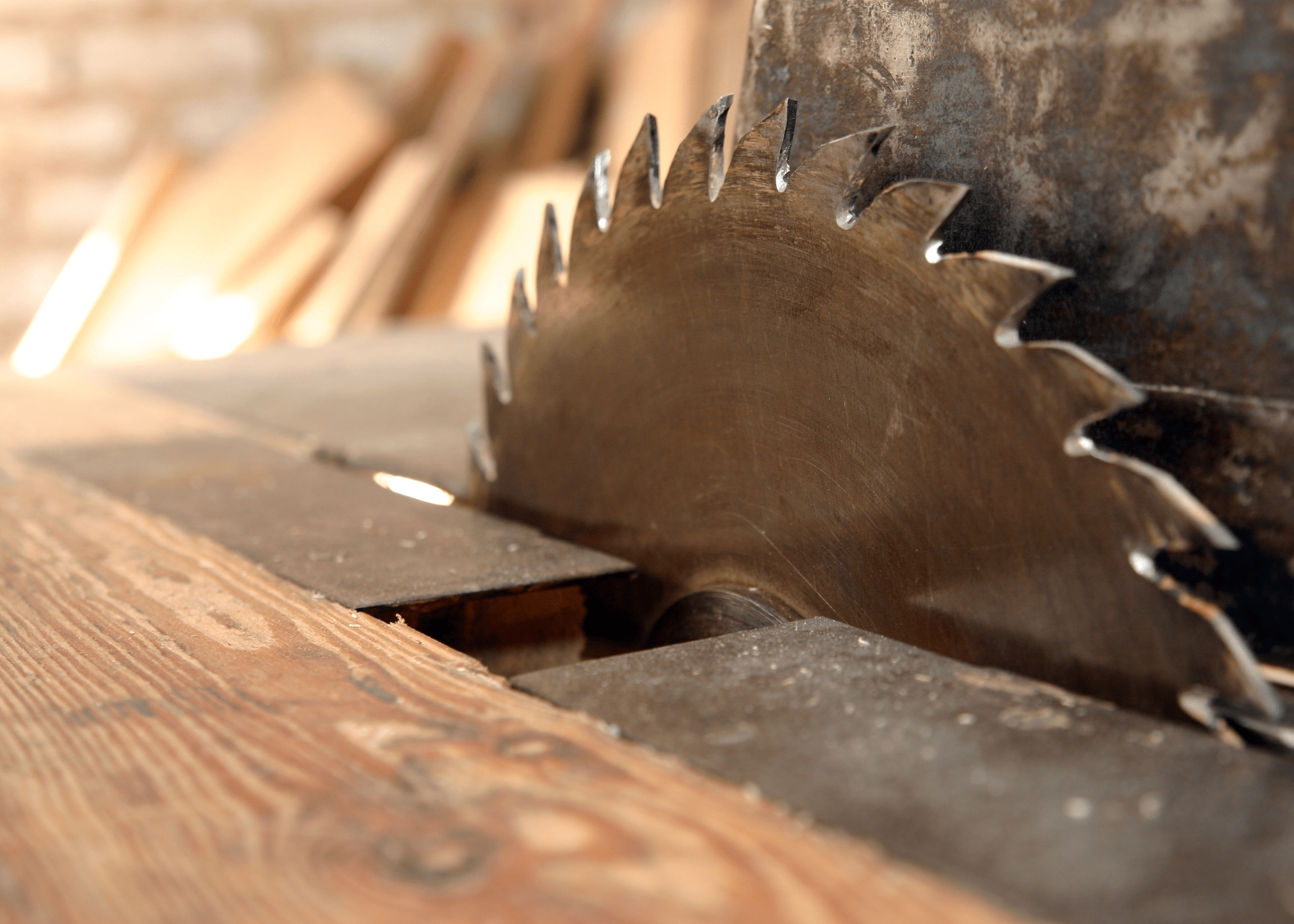
It’s essential to weigh the initial cost of the saw against its long-term value and the types of projects you plan to undertake. Consider factors such as the quality of the saw, its features, and the materials you will be working with. Additionally, factor in any additional accessories or blades you may need for your saw to function optimally.
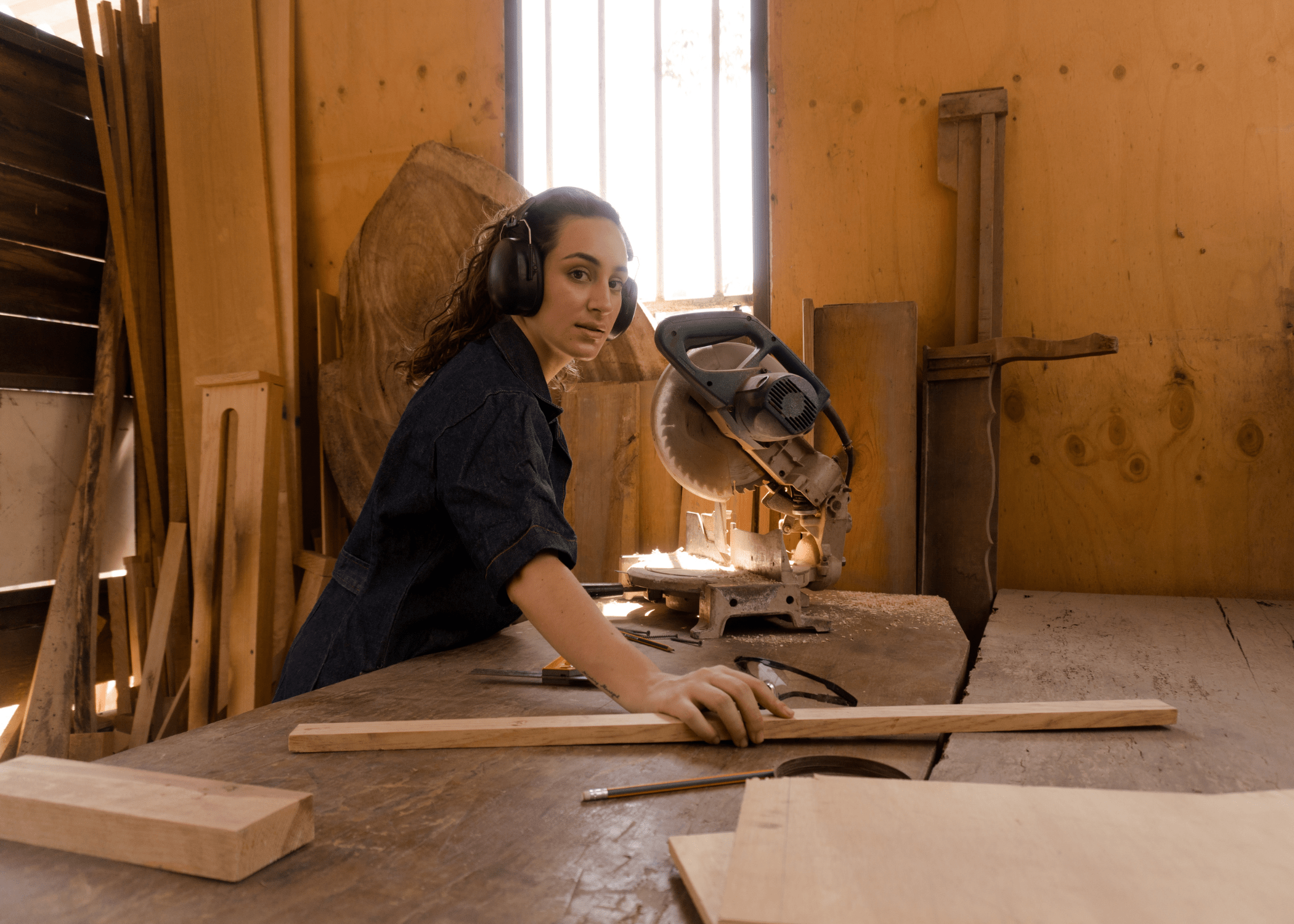
Miter saws and table saws are both essential tools for any handyman, each serving unique purposes in woodworking projects. If space is not an issue, having both tools in your workshop would be ideal as they complement each other well, covering a wide range of cutting needs.
However, in cases where space is limited, opting for the more versatile option would be practical. In this scenario, a table saw would be the recommended choice due to its ability to perform various cuts, including ripping, cross-cutting, and bevel cuts. While a miter saw is fantastic for angled cuts, a table saw can be adapted for similar tasks with the right jigs and accessories, making it a more space-efficient option for a well-rounded workshop. Ultimately, the decision between miter saws and table saws depends on the specific woodworking tasks at hand and the available workspace.
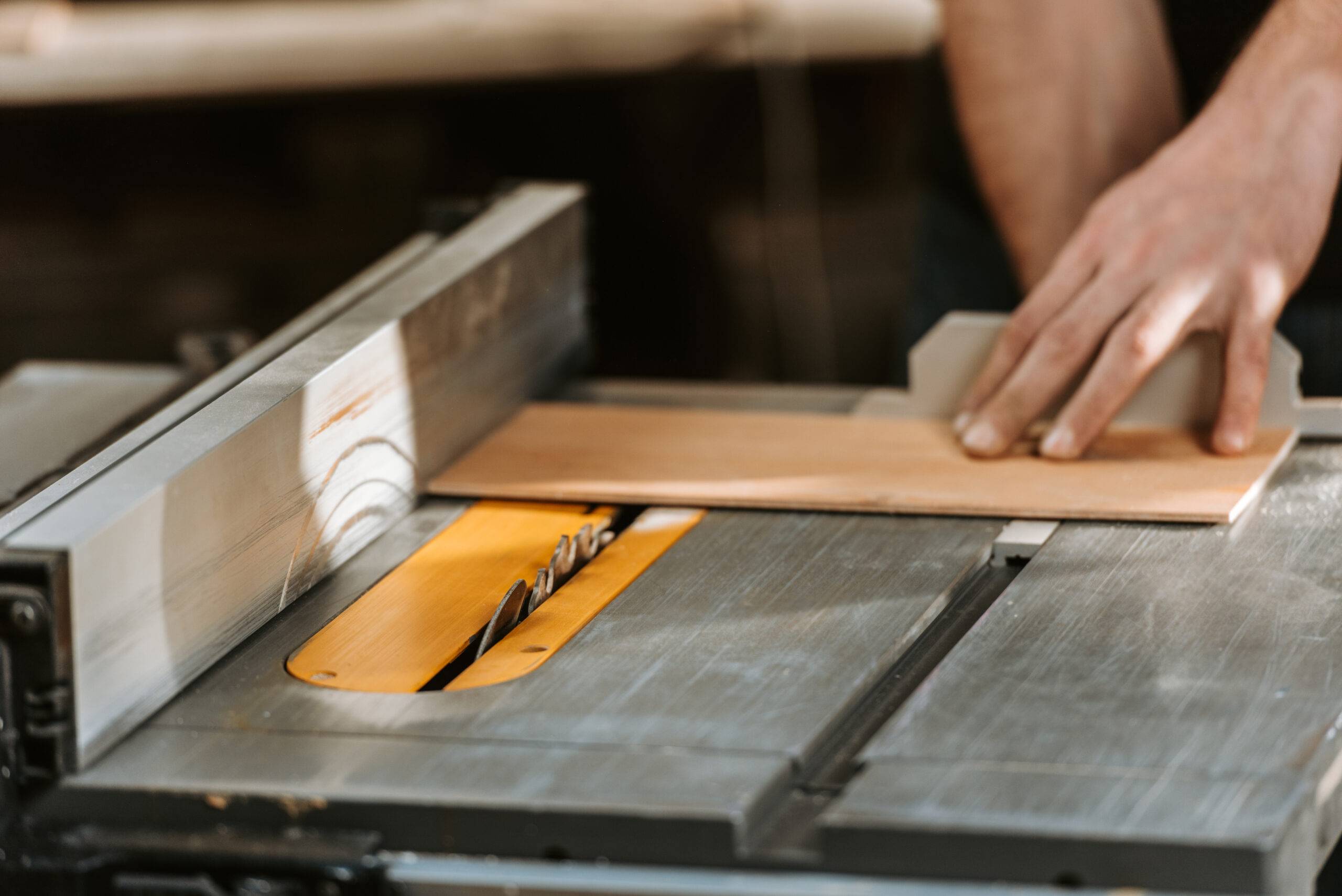
Frequently Asked Questions (FAQs)
What is the main difference between a miter saw and a table saw?
A miter saw is ideal for making crosscuts and miter cuts at various angles, while a table saw is designed for ripping long pieces of wood and making precise straight cuts.
Which tool is better for making angled cuts?
If you need to make angled cuts, a miter saw is the better choice. It allows you to adjust the angle easily and accurately, making it perfect for tasks like cutting trim or framing corners.
Can both tools make bevel cuts?
While both tools can make bevel cuts, a miter saw is more commonly used for this purpose. It allows you to tilt the blade to one side to make bevel cuts, which are often needed for projects like creating joints or decorative edges.
Which tool is more versatile for different types of cuts?
If you require versatility for a wide range of cuts, a table saw is the more versatile option. It can be used for ripping, crosscutting, bevel cuts, and dado cuts, making it a more comprehensive tool for woodworking projects.
What factors should I consider when choosing between a miter saw and a table saw?
Consider the type of projects you will be working on, the size of the materials you will be cutting, the space you have available in your workshop, and your budget when deciding between a miter saw and a table saw.
Which tool is safer to use?
Both tools can be safe to use when operated correctly, but a miter saw is generally considered safer for beginners due to its simpler design and more controlled cutting motion compared to a table saw.
Can I get by with just one of the tools, or do I need both?
It depends on the type of projects you will be undertaking. If you mainly work on smaller projects that require angled cuts, a miter saw may be sufficient. However, if you work on larger projects with a variety of cutting needs, having both a miter saw and a table saw in your workshop may be beneficial.
Ready to start your next project? Join our DIY community to receive tool tips, how-to guides, and exclusive creative insights. Subscribe to the ManMadeDIY newsletter now! Click here to unlock a world of hands-on inspiration.









